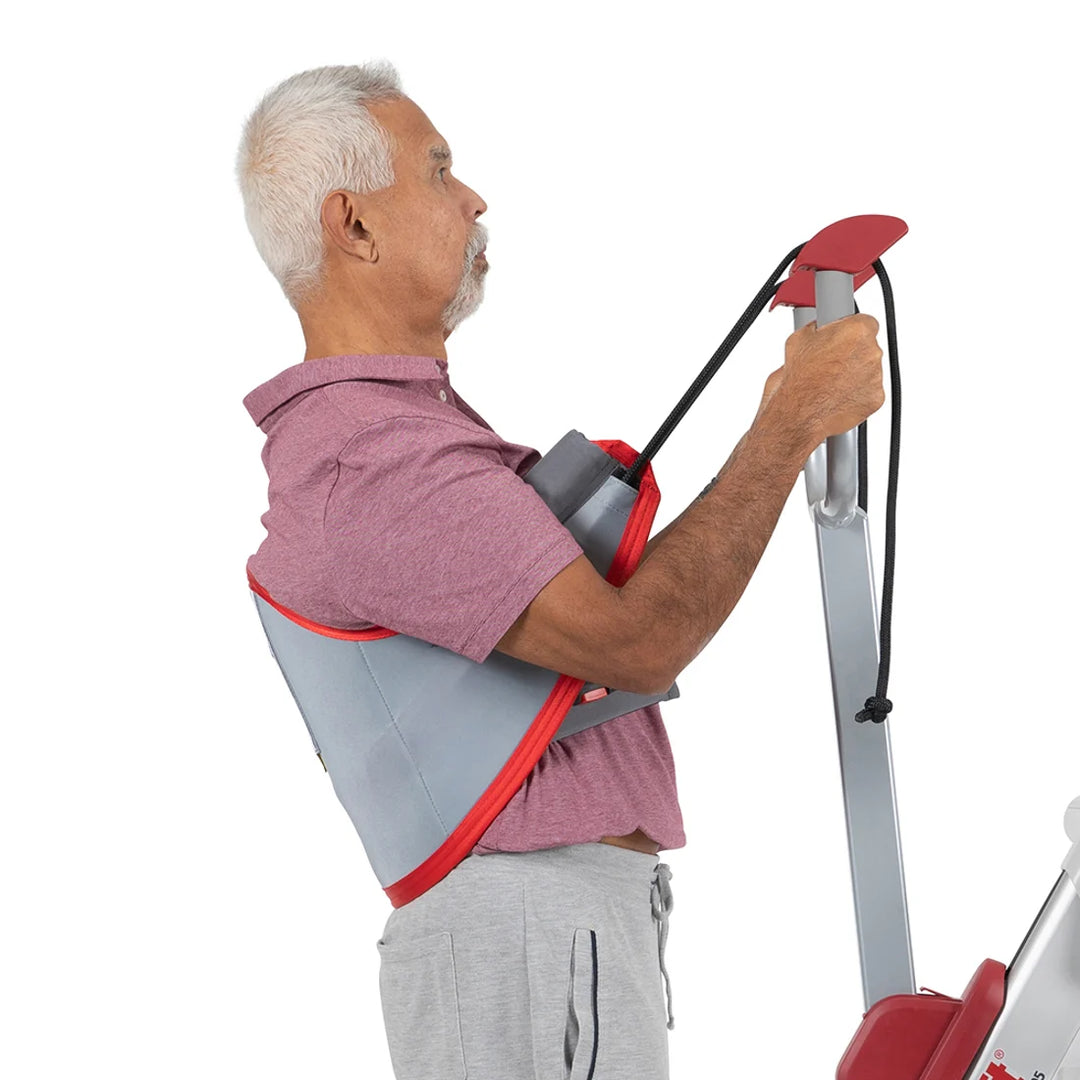
Common Hazards Linked to Ergonomic Desk Chairs
We all hear about how ergonomic desk chairs are supposed to fix back pain, support posture, and help us stay comfy through long hours at work. But what if we told you that even the best chairs can come with hidden risks? Yep, you read that right. While these chairs are designed to support the body, there are still a few sneaky hazards that could cause trouble—especially when they’re not used properly or chosen with care.
Let’s sit back (just not too far!) and take a look at the common hazards that might be hiding beneath even the most stylish and supportive ergonomic desk chairs.
Imagine this: you’ve just bought a fancy new chair that promises to support your spine, improve your posture, and boost comfort. A few weeks in, your shoulders are still sore, and your hips feel tighter than ever. What’s going on?
Turns out, an ergonomic chair doesn’t automatically fix everything. It’s more about how you use it—and whether it actually fits your body.
Here are a few common issues that can sneak up on you:
- Poor Fit for Your Body Type
Not all chairs are built for every shape or height. If the seat is too deep, shorter users might struggle with back support. If the backrest isn’t adjustable, taller people might not get the right lumbar support. - Incorrect Adjustments
Many ergonomic desk chairs come with a whole menu of knobs, levers, and settings. But if you don’t take time to set it up properly, your posture could still be off balance—causing pressure on your spine, hips, and neck. - Too Much Sitting, Even in a Good Chair
A chair can be ergonomic, but sitting for too long is still a hazard. Muscles get stiff, blood flow slows down, and your energy takes a hit. That’s why even with the right chair, it’s smart to stand, stretch, and move regularly.
Here’s a quick checklist to help figure out if your chair is helping or hurting:
| Feature | Potential Hazard | Fix It Tip |
| Seat height too low/high | Puts stress on knees or thighs | Adjust so feet are flat on the floor |
| Armrests too far apart | Causes shoulder strain | Set to support elbows comfortably |
| No lumbar support | Back pain builds over time | Use a cushion or switch chairs |
| Non-breathable materials | Traps heat, causes discomfort | Pick mesh or breathable fabric |
Now, let’s talk about the long-term effects. These aren’t the kind of problems that pop up in a day. They creep in, bit by bit, until one day you wake up with a stiff neck or aching lower back. We’ve seen it happen even with those high-end ergonomic desk chairs.
Here are a few long-term hazards to watch out for:
- Muscle Imbalance
When your body leans to one side, or you constantly shift because the chair isn’t quite right, muscles on one side may tighten while the other weakens. - Neck and Shoulder Strain
Without proper head or arm support, tension builds in the upper body. This can lead to tension headaches, tight traps, and even nerve pain down the arms. - Pressure Build-Up in Hips and Tailbone
A hard seat or poor cushion might press into the hips and tailbone, especially during long meetings or work sessions. - Circulation Issues
If the edge of the chair digs into the back of your thighs, it could slow down blood flow. You might notice tingling, numbness, or cold feet.
To get the most out of your setup, we always recommend choosing from trusted places like this modern home furniture store where comfort and style meet thoughtful design.
If you’re wondering what to do about all this, don’t stress. A few simple tweaks can go a long way. Here’s a guide to creating a safe and healthy sitting space:
A. Align the Chair Height Properly
- Your knees should be level with your hips.
- Feet flat on the ground or on a footrest.
B. Support the Lower Back
- Adjust lumbar support to match the curve of your spine.
- If there’s no built-in support, try a small pillow.
C. Keep Armrests Comfy
- Elbows should rest lightly at your sides.
- Don’t let shoulders shrug or slump.
D. Don’t Forget the Breaks
- Every 30 minutes, stand or stretch.
- Take short walks to keep your body active.
And remember—just because a chair looks ergonomic doesn’t mean it works for everyone. When shopping, it’s smart to test out a few options or browse collections like these ergonomic chair designs to find the one that suits your needs.
Now, let’s clear up a few myths we often hear about ergonomic desk chairs:
“If it’s ergonomic, it must be safe.”
Not true. Without adjusting it properly, even the best chair won’t support your body the right way.
“It fixes bad posture automatically.”
Also false. Posture is a habit. A good chair helps, but it can’t do the work for you.
“All ergonomic chairs are the same.”
Nope. Materials, support features, adjustability, and size all play a part. What works for one person might not be right for another.
So how do you know when it’s time for a new chair? Look out for these signs:
- You’re constantly fidgeting or shifting.
- You finish the day with neck, back, or hip pain.
- The chair’s cushioning is worn down.
- Adjustments no longer stay in place.
- It squeaks, tilts, or feels unsteady.
A good rule of thumb? If your chair is causing more harm than help, it’s time to upgrade your workspace with something that genuinely supports your comfort and well-being.
Choosing the right chair isn’t just about looks or labels. It’s about how your body feels—hour after hour, day after day. That’s why investing in a proper ergonomic desk chair that fits your space, size, and habits can make all the difference.
Even better, take the time to learn how to use your chair properly. Adjust it. Test it. Move around. Listen to your body. Because when your chair works for you, everything else—from productivity to posture—starts falling into place.
So next time you slide into your work seat, think about how it’s helping you—or maybe hurting you. A little awareness now can save you from big aches later on. Because not all ergonomic desk chairs are created equal—and your body deserves one that truly fits.









